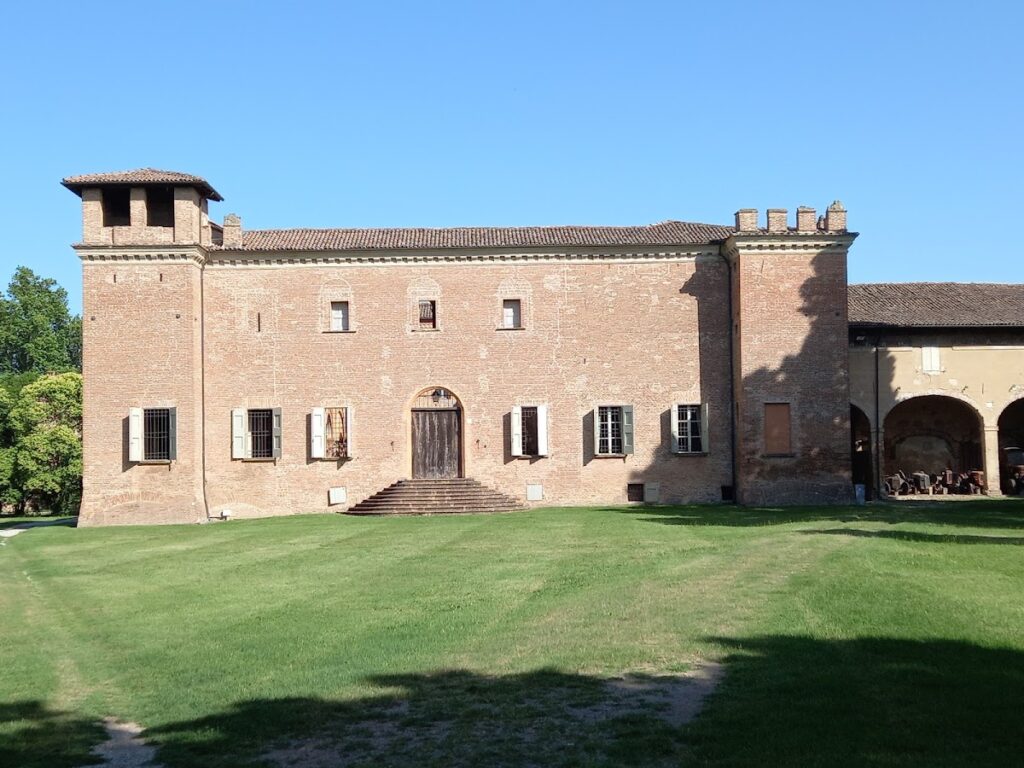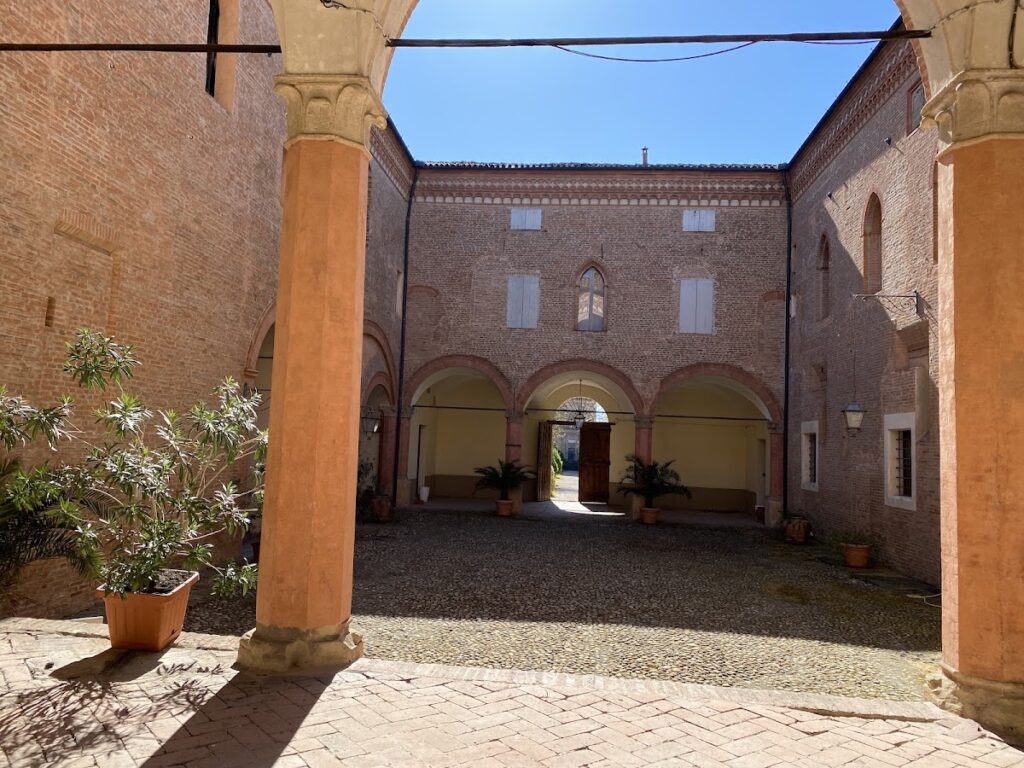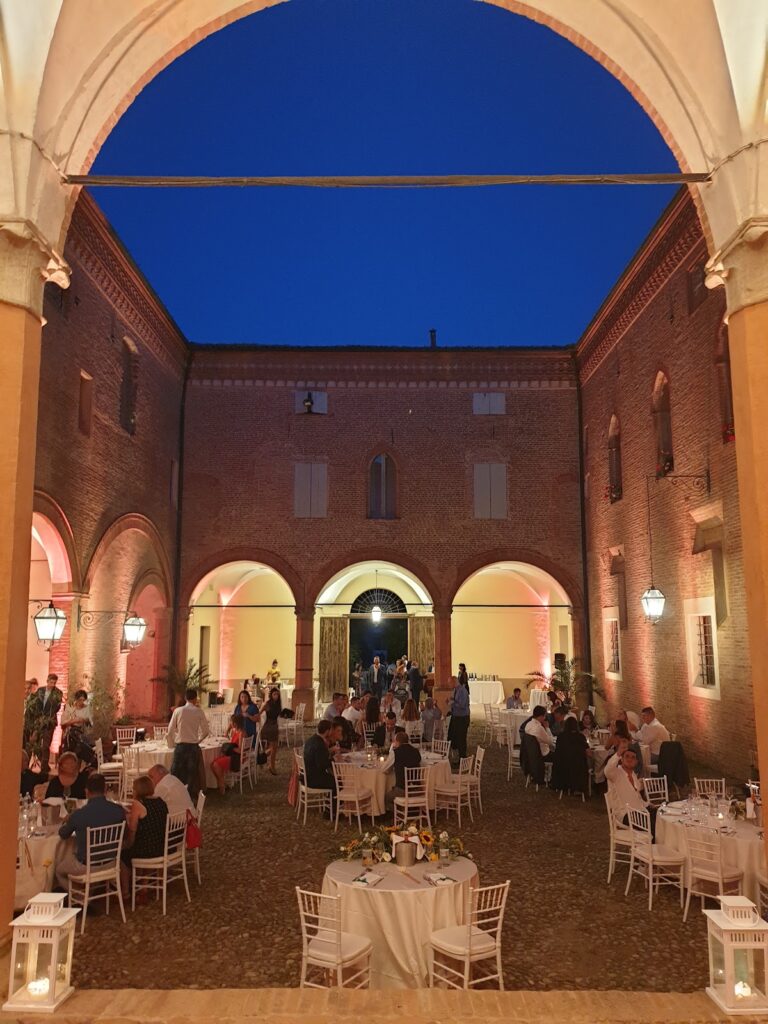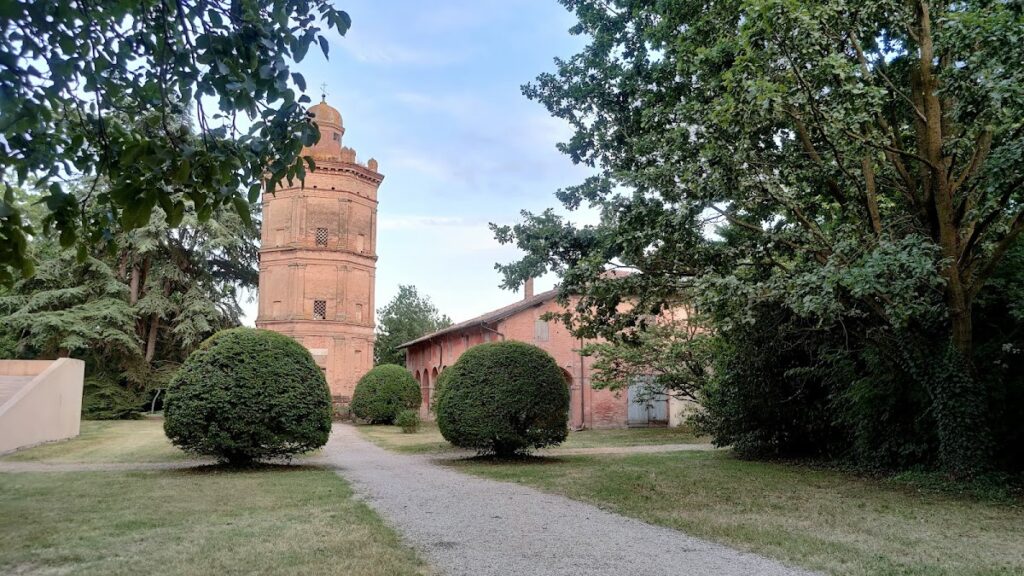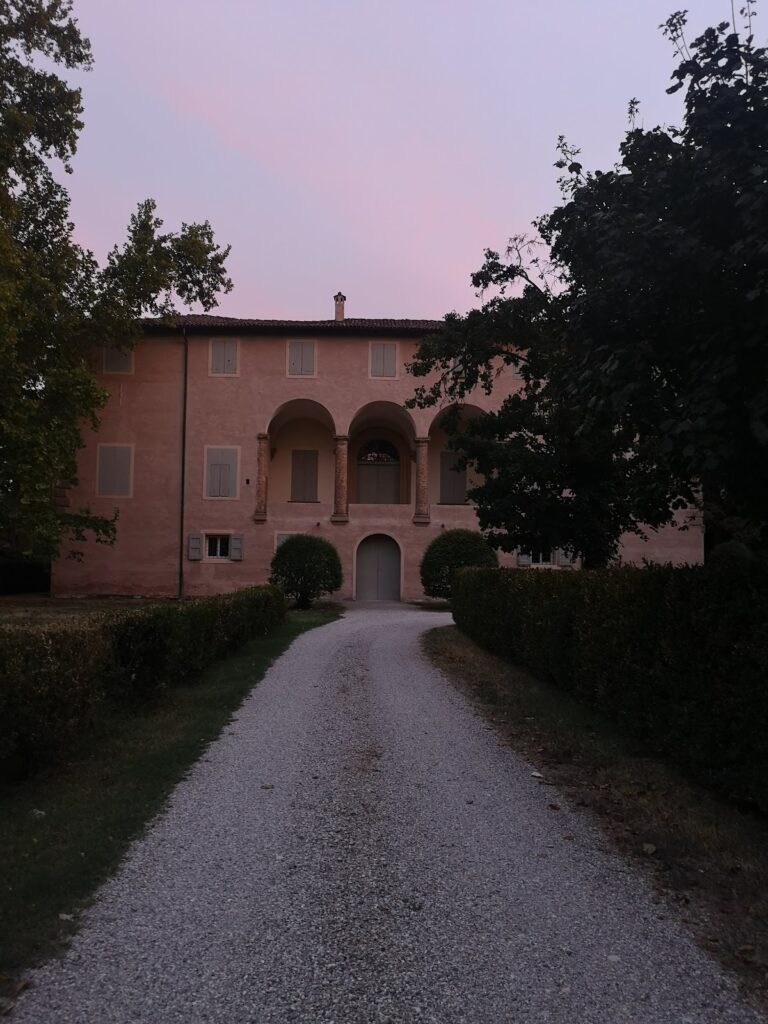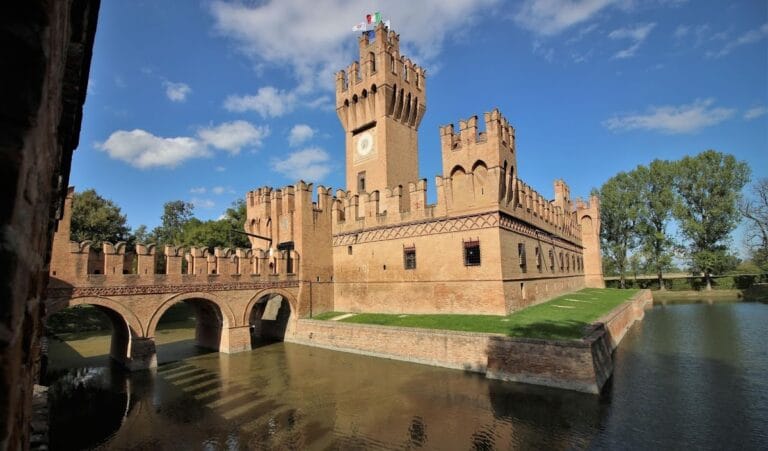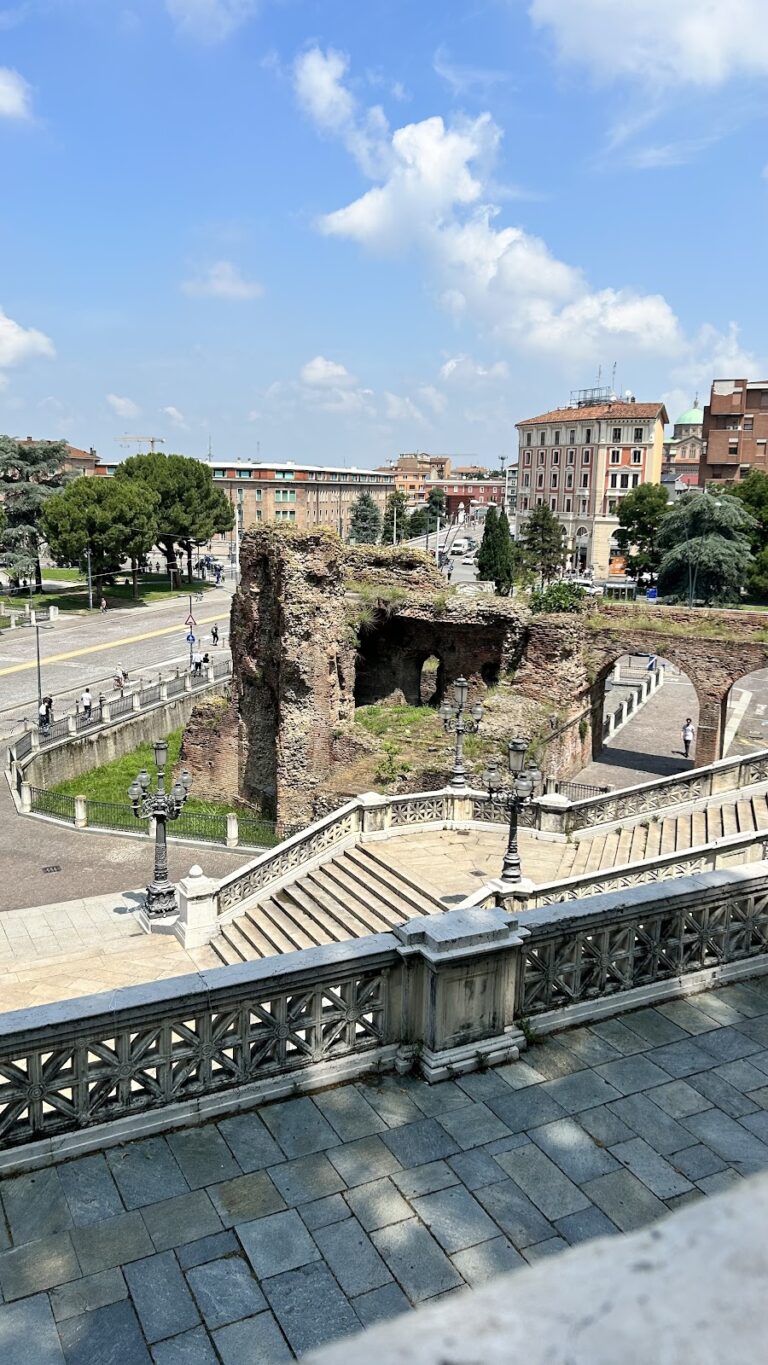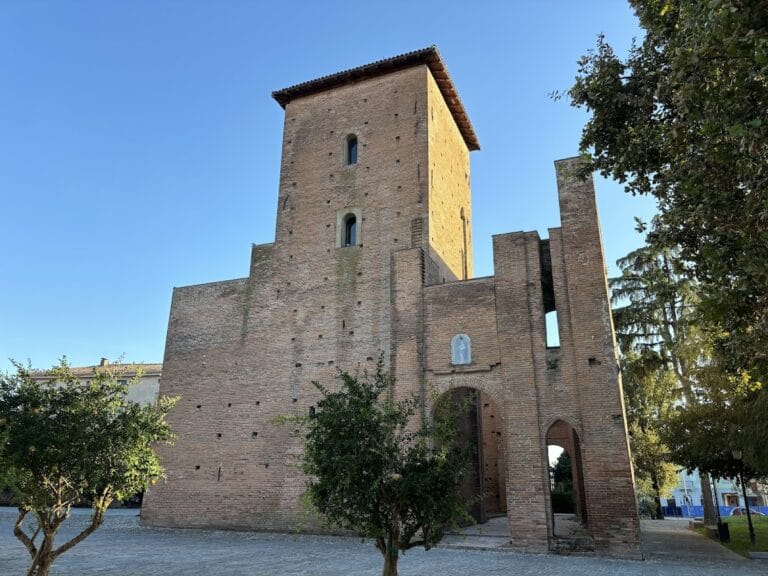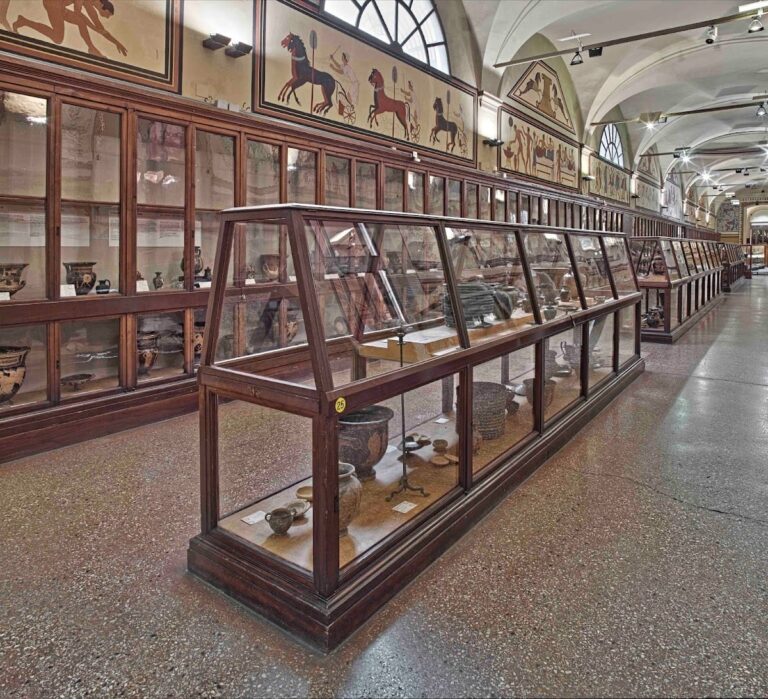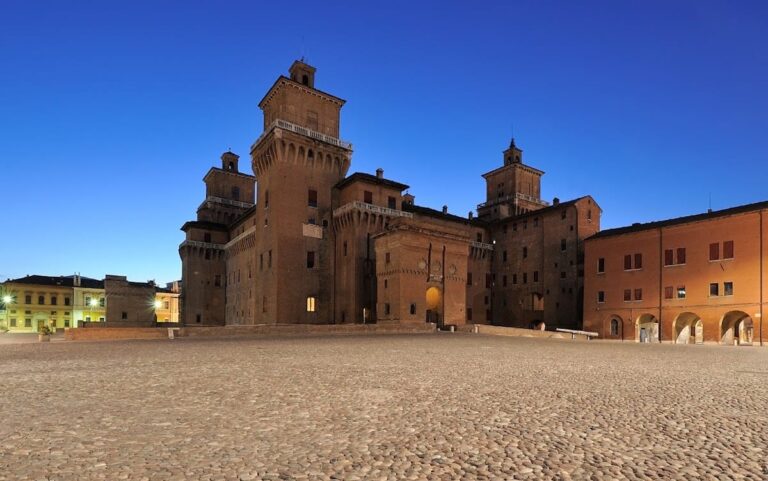Rocca Isolani: A Historic Fortress in Minerbio, Italy
Visitor Information
Google Rating: 4.5
Popularity: Low
Google Maps: View on Google Maps
Country: Italy
Civilization: Unclassified
Remains: Military
History
Rocca Isolani is a historic fortress located in the municipality of Minerbio, in modern-day Italy. It was originally established by local powers in the early 14th century. This site reflects various phases of construction and use, linked closely to the region’s shifting political and military events over several centuries.
The fortress’s early importance grew significantly in 1401 when the powerful Visconti family of Milan granted the Isolani family lordship over Minerbio. This act tied the building to the authority of a prominent noble lineage and affirmed its role as a seat of local governance. However, conflict soon impacted the site; condottiero Niccolò Piccinino, a mercenary leader during the period, razed the fortress. Following this destruction, it was reconstructed in 1438, notably expanded to take on the form and scale of a fortified castle, strengthening its defensive capabilities.
In the early 16th century, Rocca Isolani faced new trials during the chaotic military campaigns involving Landsknechts, the German mercenary infantry. In 1527, the fortress was partially destroyed by these soldiers as they marched towards Rome. By the mid-1500s, rather than being rebuilt strictly as a military stronghold, the structure was adapted into a countryside residence, reflecting changes in its role from defense to habitation.
Alongside architectural transformations, the interior decorations also evolved. The fresco painter Amico Aspertini was commissioned between 1538 and 1542 to embellish three rooms with new frescoes, indicating the site’s cultural as well as residential function during the Renaissance. The estate also includes a dovecote constructed in 1536, attributed possibly to Giacomo Barozzi da Vignola, a renowned Renaissance architect. Close by, Villa Isolani was built to host Emperor Charles V during his coronation in Bologna, underscoring the area’s connection to significant imperial events.
Historically adjacent to Rocca Isolani is the Prato delle Fiere, a large open space used for markets and martial tournaments, which situates the fortress within a setting of social and military activity extending beyond its walls.
Remains
Rocca Isolani stands as a small fortress whose layout reflects its transition from a medieval stronghold into a Renaissance residence. The original 14th-century construction featured robust defensive walls, which were expanded in 1438 to form a castle-like complex with increased fortifications. The building materials primarily include stone and local masonry typical of the era, contributing to the fortress’s enduring presence.
Among the notable artistic features are the polychrome terracotta friezes found embedded in the building’s facade, dating back to the mid-14th century. These colorful decorative bands portray scenes from Renaissance court life and represent the surviving ornamental heritage from the fortress’s earliest phase. Inside, the walls of three rooms host the richly detailed frescoes painted by Amico Aspertini between 1538 and 1542. These paintings include imagery such as Telamons—masonry figures serving as supportive columns—and martial representations found in spaces referred to as the Mars Hall, all carefully preserved to highlight the artistic sensibilities of the period.
Behind the main block, an elegant dovecote built in 1536 is another key feature of the estate. This structure, characterized by refined design elements, is attributed to the acclaimed architect Vignola. Its placement and style complement the surrounding architecture, bridging functional agricultural use with Renaissance aesthetic principles. Near Rocca Isolani stands Villa Isolani, also attributed to Vignola, constructed specifically to host Emperor Charles V, linking the fortress to notable imperial presence in the region.
Adjacent to these buildings, the Prato delle Fiere—an open space historically used as a marketplace and for armed tournament events—remains part of the broader historic setting. The proximity of this field to the Rocca evidences the fortress’s connection with local economic and military life during its prime.
Today, the cumulative structures and decorations of Rocca Isolani endure as physical evidence of the site’s layered history, combining defensive architecture, residential adaptation, and artistic enrichment from the Middle Ages through the Renaissance.
